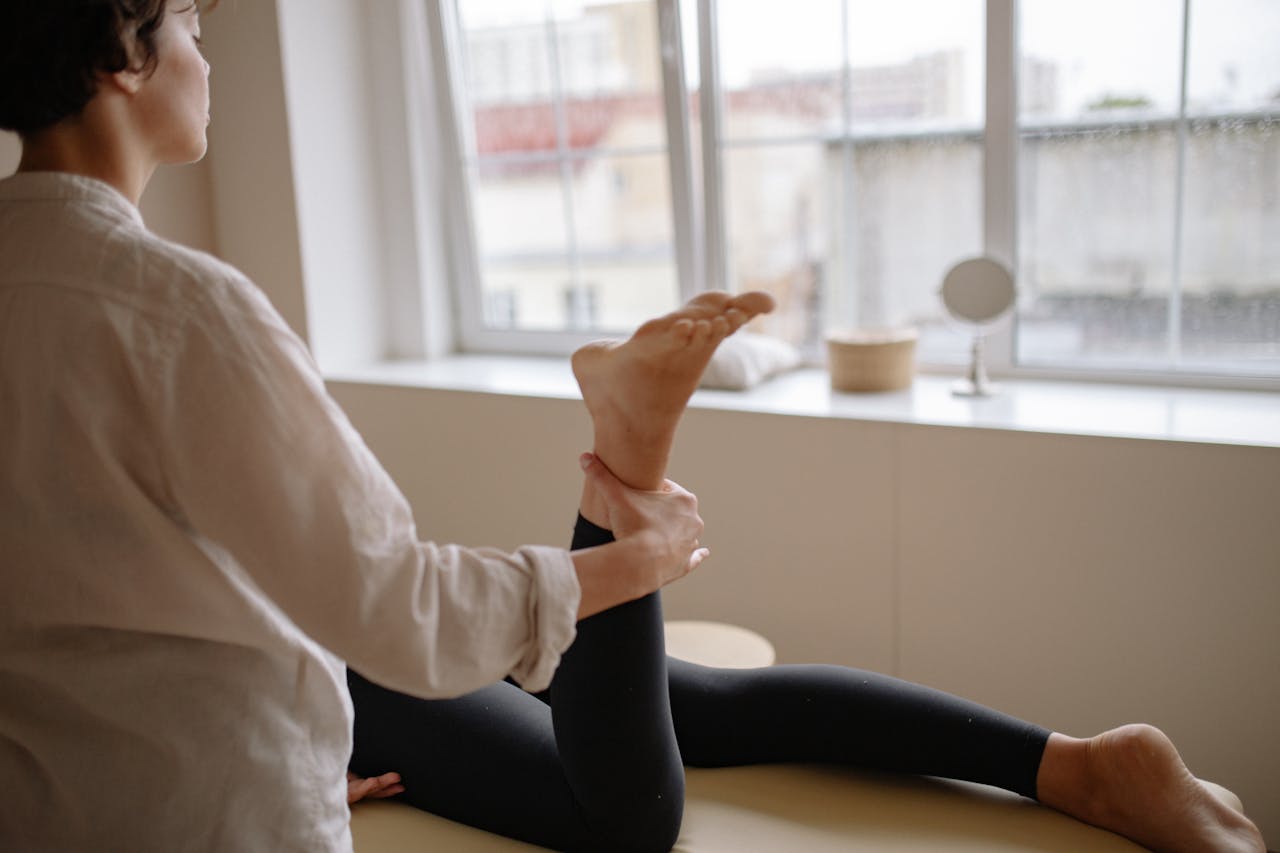The hip joint is a ball-and-socket type of synovial joint that connects the pelvic girdle to the lower limb. In this joint, the head of the femur articulates with—or moves against—the acetabulum of the pelvic bone. Being a multiaxial joint, it permits a wide range of motion including flexion, extension, abduction, adduction, external rotation, internal rotation, and circumduction. Compared to other joints such as the shoulder joint, the hip joint sacrifices mobility for stability, as it is designed for weight bearing. Despite this, the hip joint is one of the most mobile and the most stable joints in the human body. When a person is standing, the entire weight of the upper body is transmitted through this joint to the lower limbs. Because the hip joint is responsible for stabilizing and mobilizing a person’s lower extremity—a challenging set of expectations because stable things are not usually very mobile, while mobile things aren’t usually very stable, it is one of the most dynamic joints in the human body.
Hip range of motion is a term used to describe how far the hip can move within the spectrum of movements possible for the hip joint. A healthy range of motion in the hip joint is critical for everyday activities such as sitting down, standing up or walking. The hip can lose range of motion with age or due to injury if not maintained and exercised regularly. Loss of muscle strength and failing elasticity in tendons and connecting tissue is the most common reason for the depletion of mobility. In this article, we dwell on the importance of hip range of motion and how targeted exercise can help maintain and improve overall mobility.

What is hip range of motion exercise?
Range of motion exercises are exercises designed to preserve, promote or trigger the movement of a particular joint in the human body to its complete degree of normal movement. When applied to the hip joint, these exercises are aimed at improving movement in the 3 degrees of freedom that are possible for this joint, namely internal–external rotation, flexion–extension, and abduction–adduction. Apart from flexibility, range of motion exercises are aimed at improving the strength of the supporting muscle and connecting tissue and are therefore critical for hip health.
Why are hip motion exercises important for mobility?
When the structures of the hips are in optimal condition, it’s safe to assume that the balance between stability and mobility is near perfect. Unfortunately, this is rarely true—as most people have some degree of muscle imbalance affecting their hip function.[1]
While structural damage and imbalances in the hips can be caused by genetic abnormalities or severe traumas, they are most commonly linked to lifestyle habits. Too much activity can be just as damaging to the hips as too little movement. Inflammation and degeneration can occur in the joints of someone who is on their feet all day, while weakness and damaging compression are likely to afflict someone who sits most often. Slouching and carrying heavy objects can also damage the structures of the hips. When the hips are compromised, the balance between mobility and stability is difficult to maintain—and this can cause a range of adverse symptoms. Some of the more obvious symptoms are pain and tightness in the hips or groin. However, hip impairment can also lead to conditions like knee pain and backaches, since any movement puts pressure on other parts. In addition, more serious and painful conditions—such as arthritis, bursitis, or tendonitis—can develop if issues with the hips are not addressed. Apart from identifying the problem early and treating the source, regular exercises to maintain and improve the hip range of motion can promote healing and the restoration of stability and mobility. Low-impact strength moves and gentle stretching targeting the entirety of the hip region can promote balance. Moves like the glute bridge, donkey kick, side leg raise, and superman can promote strength.
Movements in the hip
Before we dig deeper into the different types and techniques of hip ROM exercises, it is important to understand the degree of natural movement supported by the hip joint. There are 6 movements contributing to 3 degrees of freedom. These are
- Abduction: Hip abduction is the movement of a leg away from the body’s midline.This action is used to step to the side, get out of bed, or get out of the car. It is also used to maintain balance when walking.
- Adduction: This refers to the inward motion of the leg toward the midline of the body. The primary function of the adductor muscles is to provide stability while walking, going upstairs, or squatting. Athletes rely on adduction in their hip flexors to make quick movements such as running and jumping.
- Extension: Hip extension occurs when the hip joint is extended or “opens” so that the angle between the pelvis and thigh increases. It can mean either moving the leg behind the person when standing or using the hip extensor muscles to propel the body forward over the leg when the leg starts flexed in front of the person. It is involved in many of the movements we make every day, such as walking and climbing stairs. Other activities such as running, jumping, or kicking also involve extension. For example, the hip extends when the player brings back his prior to kicking a soccer ball [2].
- Flexion: Hip flexion involves moving the leg forward towards the chest. In flexion the angle between the pelvis and the thigh decreases; for example when lowering into a squat, sitting at a desk, or in the forward movement of kicking a soccer ball [2].
- External rotation: External rotation of the hip occurs when the thigh and knee rotate outward away from the body. The actions that use external hip rotation include getting into a car, pitching a baseball, and all other movements that require the pelvis to rotate while most of the body’s weight is placed on one leg. This is often called placing the leg in the butterfly position.
- Internal rotation: Internal rotation of the hip is the movement in which the thigh twists inward from the hip joint. With proper internal rotation, the foot should turn to point the toes toward the rest of the body. The hip internal rotators are used when walking, running, and squatting. They also support the body while crawling or crouching.
3 types of ROM exercises for the hip joint
Depending on the technique and source of the force applied to achieve the movement, the range of motion exercises are classified into 3 types.
Passive hip range of motion exercise
This technique is used to rehabilitate the hip joint in cases of injury or paralysis. For passive range of motion exercises of the hip joint, a therapist moves the upper limb or body part while the patient is completely still. This gently stretches muscles and reminds them how to move correctly. Most often, therapists use a combination of stretching exercises and passive range-of-motion exercises to speed up recovery from a stiff hip joint. Here, the physiotherapist will use stretching to relax surrounding muscles and relieve tension in the hip. Passive range of motion exercises for the hip can be helpful in minimizing stiffness and rigidity that may occur after surgery on a joint.
This category of ROM exercises is considered superior since it requires a physiotherapist who understands proper limits and knows how far to go. The therapist is also trained to know if the exercise is targeting the right muscle groups. The passive range-of-motion exercises for the hip joint are typically used when there is a paralysis attack, or when the patient is comatose due to illness or injury, and in cases of healing fractures—where pain persists even during active muscle contraction. Though one of the main goals of passive range of motion (PROM) exercise is reversing the effects of immobilization, they cannot prevent muscle atrophy.
Examples and benefits of the passive ROM exercise
Passive hip and knee flexion, passive hamstring stretches, passive hip rotation, and passive hip abduction are examples of hip ROM exercises that can be performed by a trained therapist.
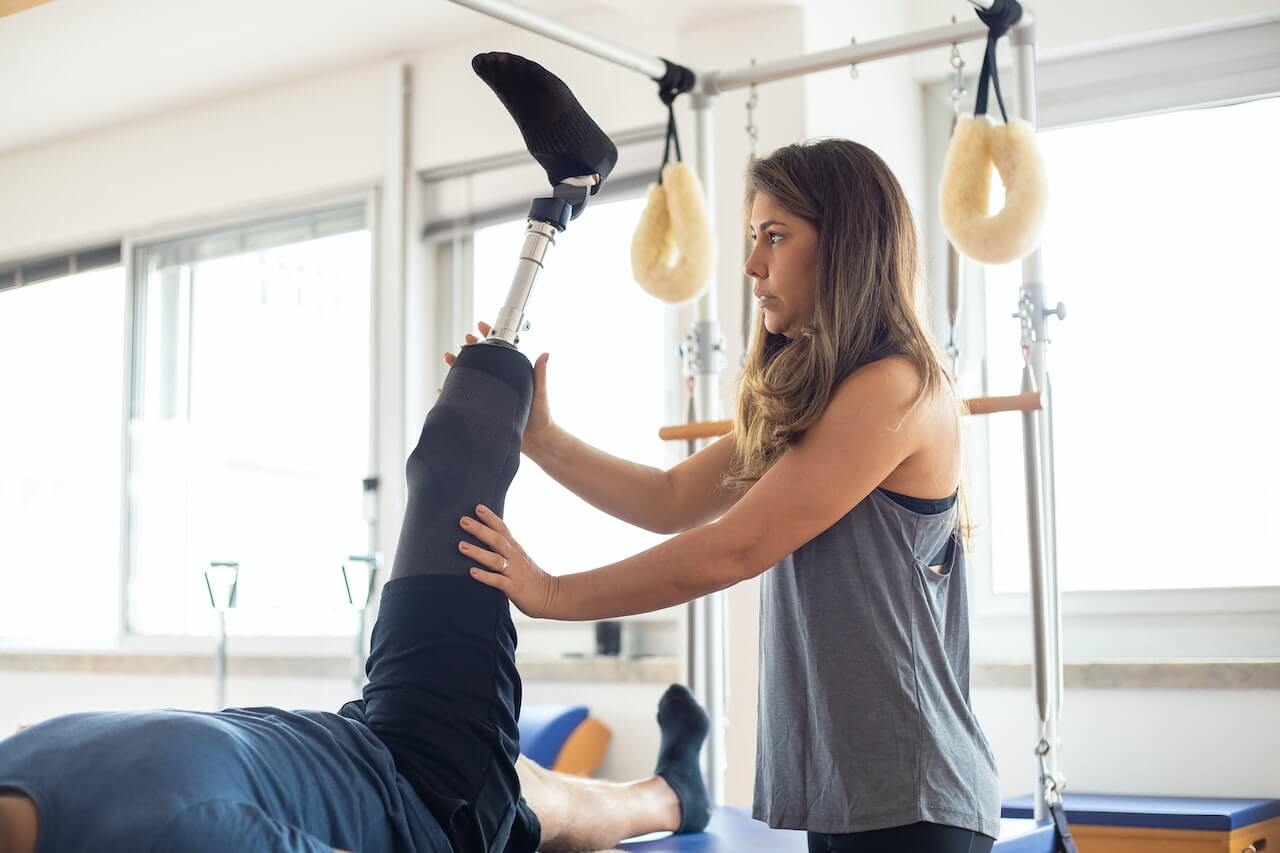
Passive range of motion exercises not only assist in promoting healthy joint functionality but also decrease pain and enhance healing. They can be used to restore, maintain and even improve certain hip joint functions if the patient has suffered from a debilitating injury or been diagnosed with osteoarthritis. They assist in building muscle mass, allow for better blood flow and improve oxygen levels.
Active-assisted hip range of motion exercise
These exercises are performed with some help from a physical therapist and involve only partial assistance. The patient performs most of the movement, but in order to complete it correctly, he/she receives assistance from a therapist. Restricted hip movement is most often caused by weakness or pain resulting from falls, bruises, and accidents—even serious injuries.
A clinician may use a strap or band to stabilize the hip joint as they assist with movement. Patients can initially experience tremendous pain and weakness while performing hip joint exercises, but with time they are able to achieve a greater range of movement.
Examples and benefits of the active-assisted hip joint ROM
Active-assisted hip flexion, hip abduction or hip extension, and Active-assisted hip and knee flexion with the use of a strap are some examples of active-assisted hip ROM exercises.
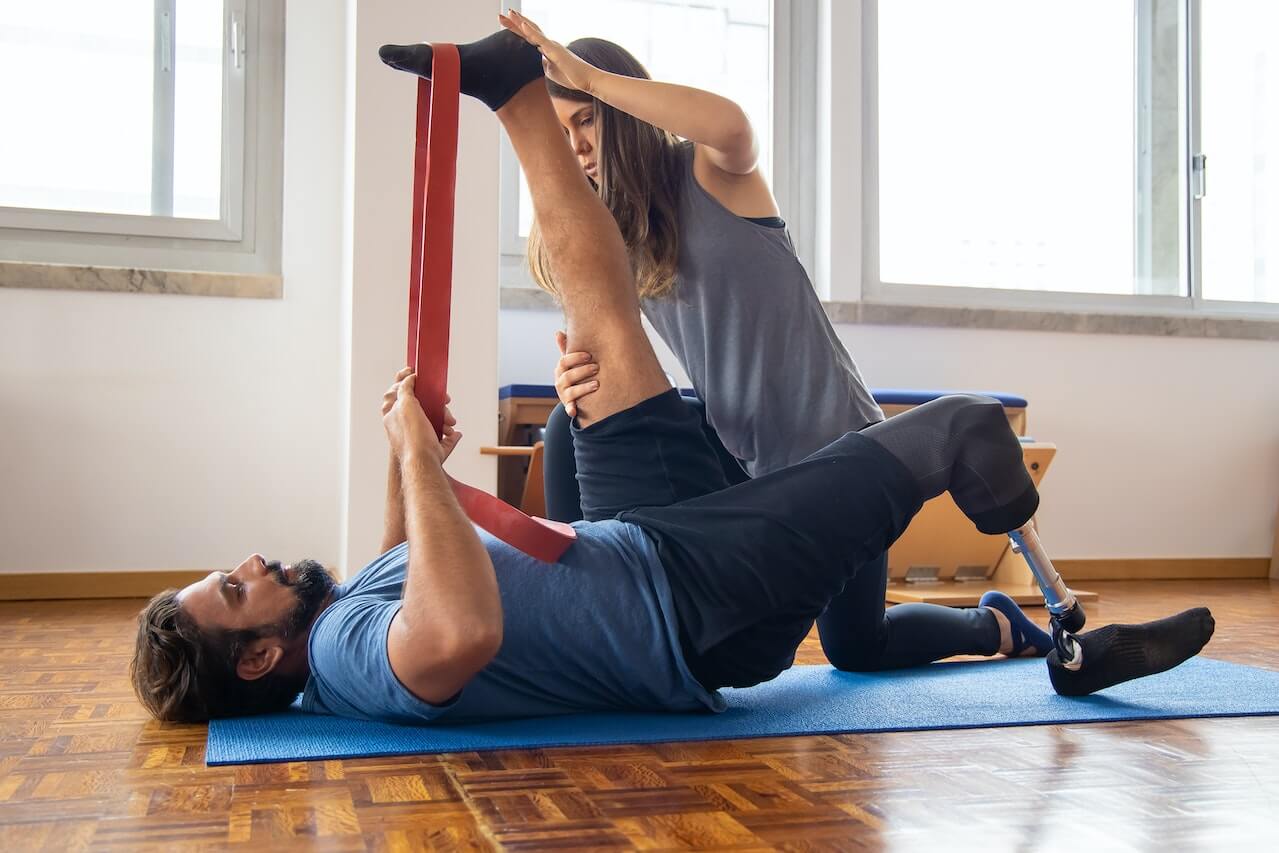
Apart from improving the motion and function of the hip joint, AAROM can improve the whole lower limb function, movement efficiency, and joint integrity. Over time, these exercises help manage hip joint pain and increase independence in mobility.
Active hip range of motion exercise
Active range of motion exercises are performed by the patient without any assistance from the therapist. The therapist can initially train the patient in the various movements and have the patient perform these under their guidance. The patient actively controls and performs the entire range of movement.
Examples and benefits of the active hip range motion exercises
Hip circles, Frankenstein walk, side-step exercise, clamshell exercise, hip marching, butterfly pose, in and out leg rotation and leg lifts are some examples of active hip ROM exercises.
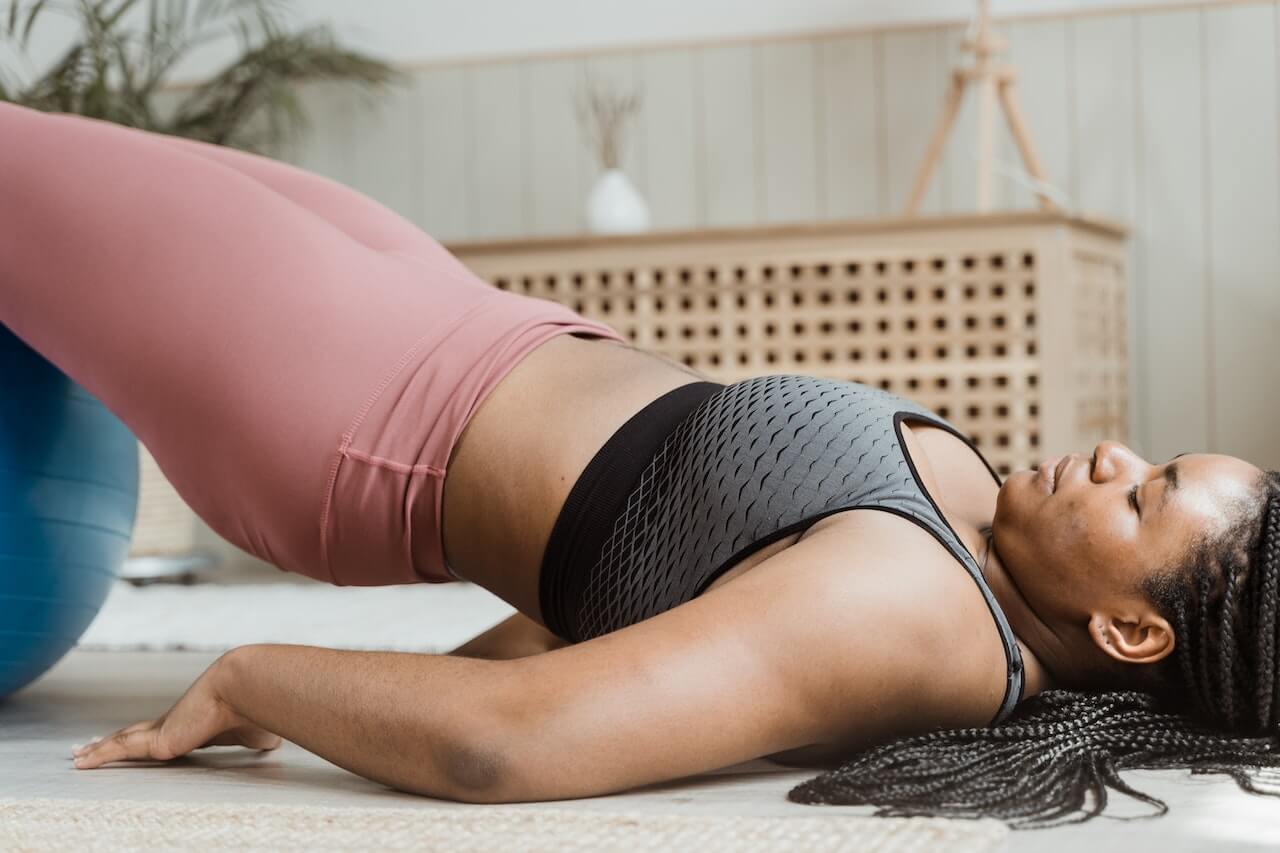
Apart from assisting in improving joint function, these exercises move each joint through its full range of motion and regular practice can keep joints flexible, ease pain, and improve balance.
Normal limits for hip range of motion
Understanding the normal limits for range of motion for the hip joint is necessary to assess the ROM when required and also to prevent injury from overstretching and exertion beyond limits. Measured in degrees of motion, normal ROM of the hips allows for three degrees of freedom, which means that the leg should be able to move freely in six different directions within three planes. Though it can vary with age and gender, the accepted limits of normal hip ROM are:

Active hip range of motion exercises with Kemtai technology
With the rise of remote exercise and physical therapy platforms, therapists can now assign exercises, track compliance, and assist recovery by making sure their patients are performing the active exercises correctly. Platforms such as Kemtai provide active adaptive feedback to the patient while they go through each movement, thereby ensuring the exercise is targeting the correct areas of the body and actively promoting recovery.
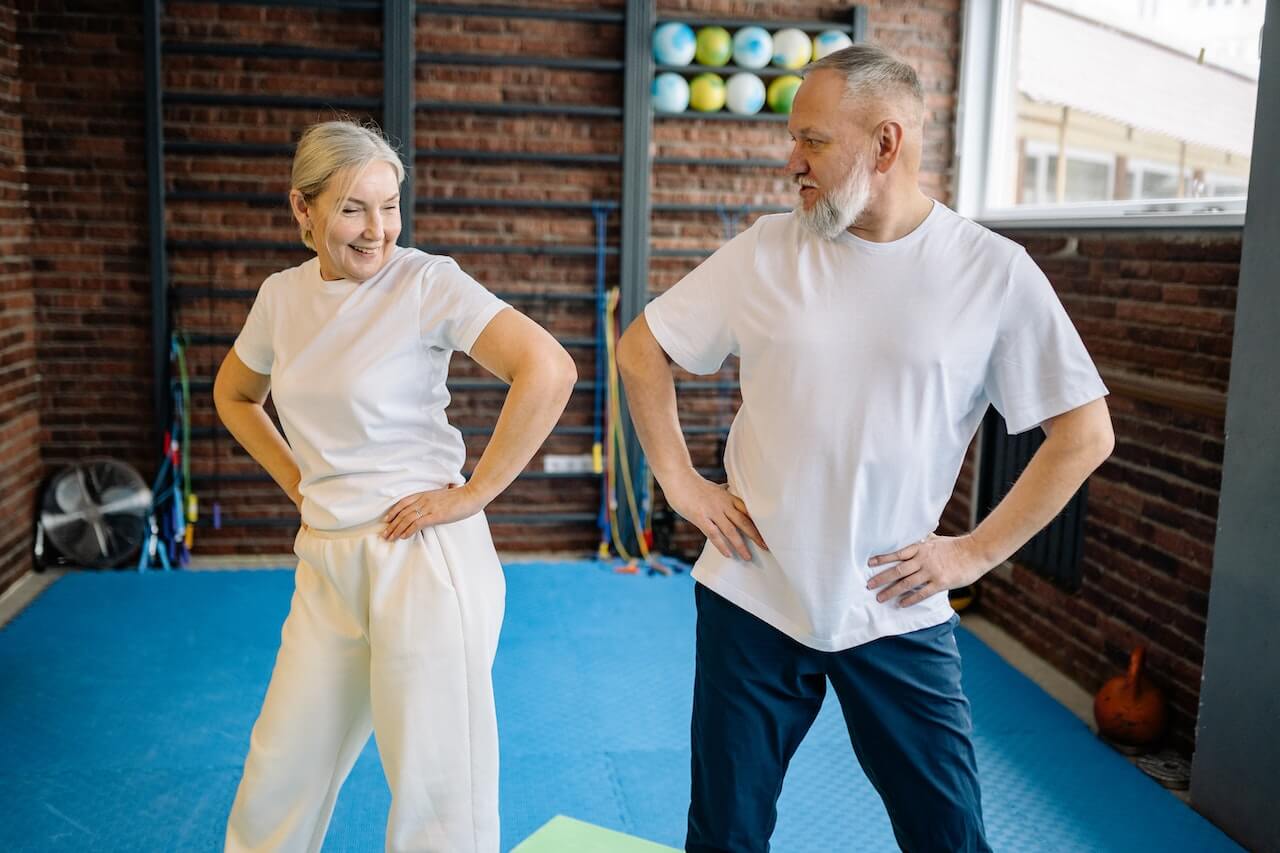
Hips don’t lie
The function and health of the hip joint are critical to leading an independent and pain-free life. Since this single joint is largely responsible for maintaining the balance of stability and mobility of the entire human body, any problems with the hip joint can have far-reaching effects. The relationship between the hip joint and its surrounding muscles is complex, and if left untreated can lead to debilitating pain, reduced mobility, and even permanent disability. This is why it’s so important to keep the hips flexible and strong. In fact, many orthopedics strongly recommend a full range of motion exercises designed around the hips to keep them well-oiled and to prevent pain. The hip ROM is so critical to human function that its importance cannot be overstated. The next time you walk up the stairs or dance in your shower, thank the strong hip joints that support your body and remember to keep them that way.

 11 min reading
11 min reading